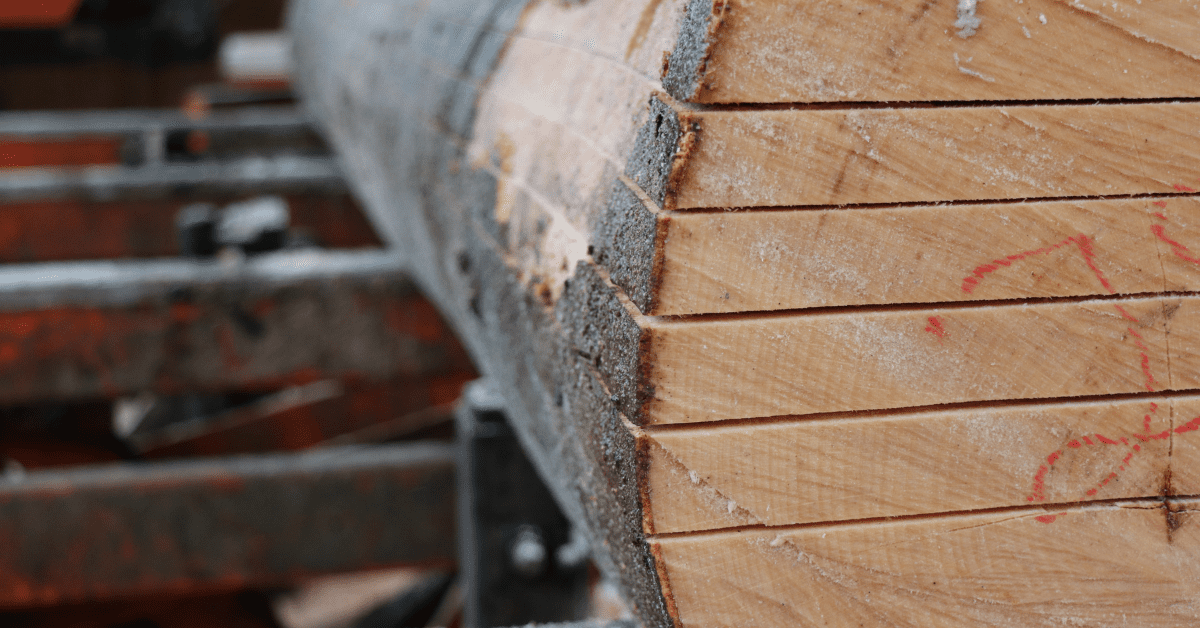A true native of the English countryside is Beech Wood or Fagus Sylvatica. It surrounds us, with plenty of beech wood planted between the 1940s and 1960s in expectation of the booming furniture trade. Though beech wood is widely used for furniture, the uptake is not quite as high as expected at this time, meaning we have acres of beech woodland awaiting a real use.
Timber merchants in Sussex, WL West & Sons Ltd work with all types of common and exotic woods and Beech is one that is rising in popularity across the UK. Here are some four snapshot facts about Beech Wood and how it can be used today.
4. Like Ash Wood, it’s brilliant for steam bending
Steam bending is the process of soaking wood in hot water, at boiling point, within a ‘steam box’, resulting in softer fibres and a pliable, stretchier wood. In changing the properties of the wood in this way, timber merchants are able to bend the wood to desired shape.
Beech wood is almost the perfect steam bending hardwood. This is because it bends really well, s easy to dry and holds it’s shape. This makes it a popular choice for many furniture items.
With this in mind, it’s worth noting that beech wood cannot be used outside and is an internal timber only, this is because it’ll perish quickly if used externally.
3. Beech wood is non-toxic
Beech wood is non toxic, meaning it is brilliant for household and kitchen items. For example, Beech wood is commonly used for large household projects such as worktops in kitchens, but also for smaller items such as chopping boards and even lolly sticks.

2. Beech trees provide more than just wood
Despite being bitter to taste with a high tannin content, beech tree nuts are edible, as are the leaves and flowers of a beech tree.
The nuts are often found very high in the tree, making them the perfect snack for local squirrels! If sourced by humans, beech tree nuts can be pressed into beech seed oil, which is high in high in polyunsaturated fatty acids. Beech seed oil is becoming a popular oil in the beauty industry, ‘plumping strands and rejuvenating brittle, lifeless locks.’
Further, in the spring time, young beech tree leaves can be steeped in gin as a spring alternative to sloe gin, which is made in the winter. Find out how to make ‘Beech Leaf Noyau’ here.
1. Strong and durable, with a unique finish
Beech wood is stiffer and stronger than oak in compression and tension. It can resist impact well – in fact, some mallet heads and other tools are made out of beech wood. It also machines finishes well, making it a popular choice for moulding/CNC work though pre-drilling is required.
The natural colour of beech is white, with a pinkish-reddish heart called ‘Kern’. There can be some interesting mineral streaks in the timber, giving it a unique character. Spalted beech is also beautiful – which you can read about more here.
WL West & Sons Ltd is a timber merchant and sawmill business with 150 years of experience. We provide a wide range of air-dried oak and kiln-dried oak timber products and supplies. We also build and install custom projects for our customers.
Our wood products, building materials and certified wood are manufactured and sold with the endorsement of forest certification and the Forest Stewardship Council FSC
For more news, tips and updates, follow us on Facebook, Twitter, or Instagram.
For entirely finished products, timber supplies or woodworking tools, have a look at our Retail Shop.
